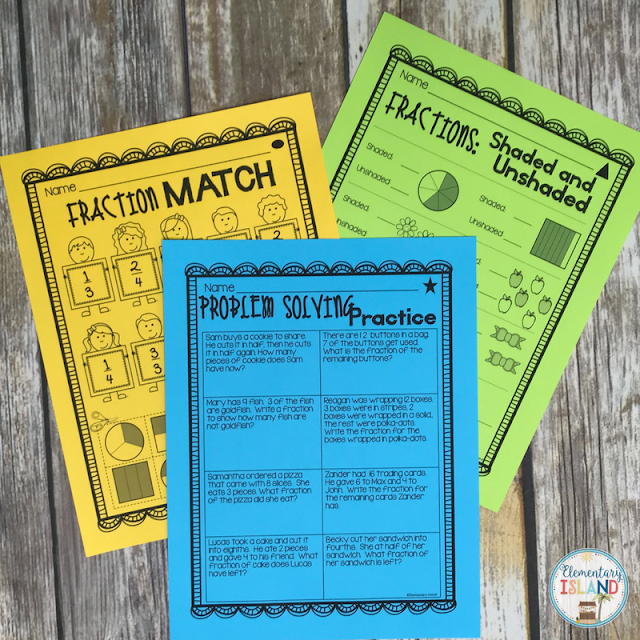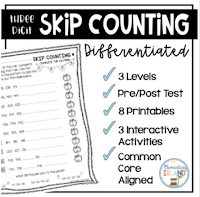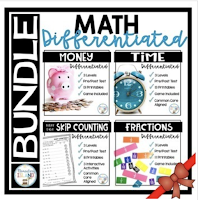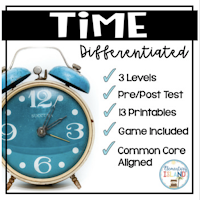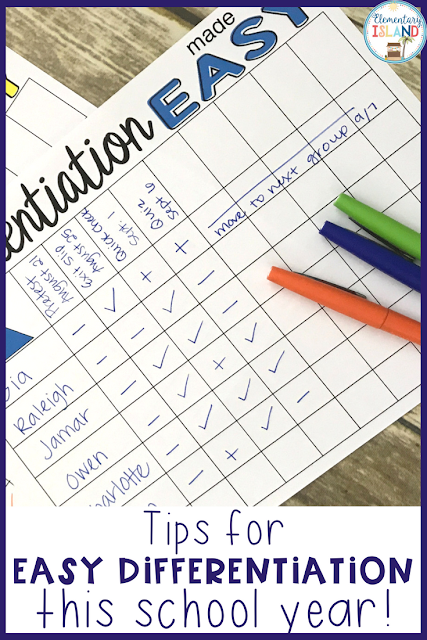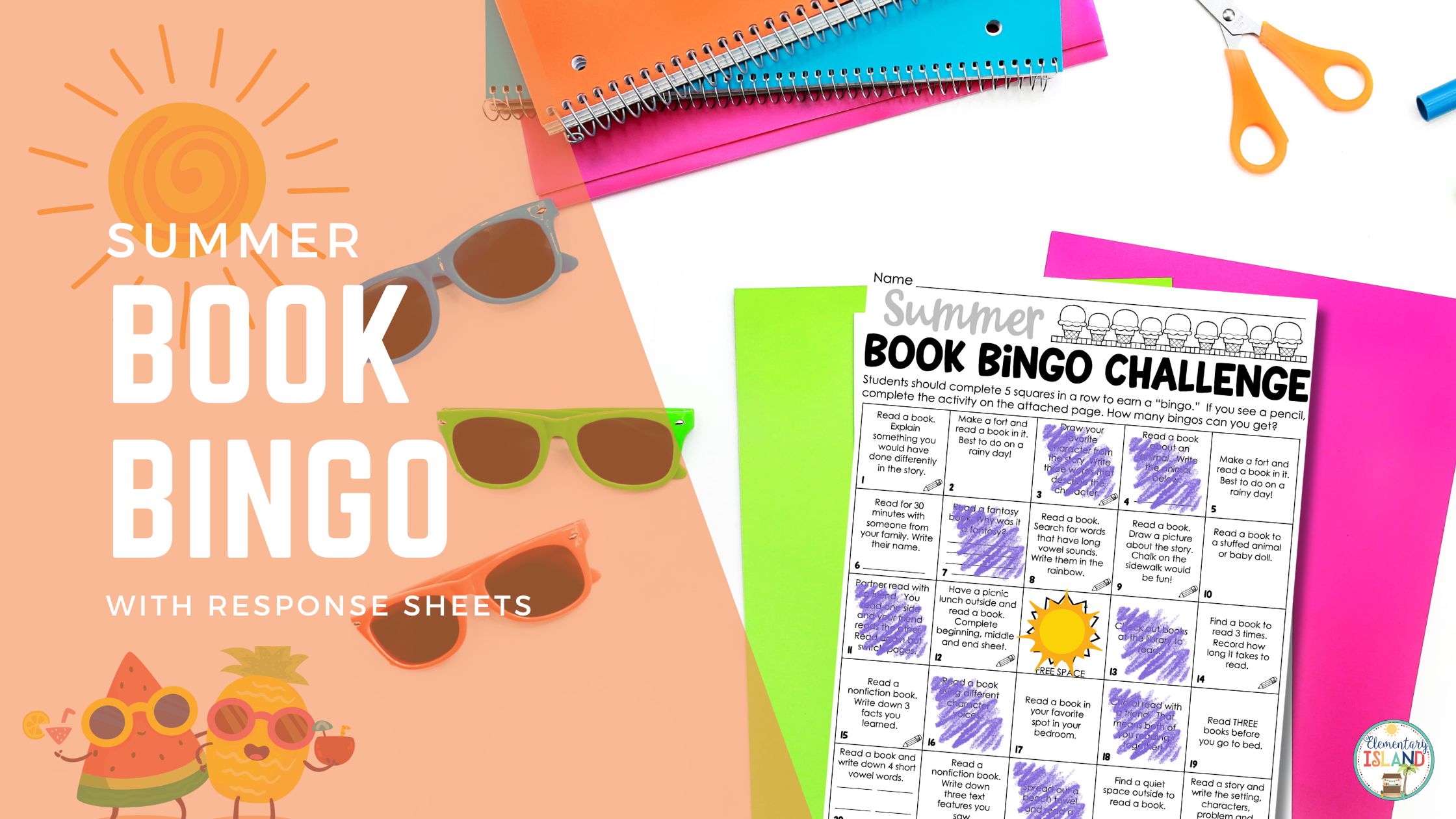Does differentiation overwhelm anyone else? It can feel like a lot sometimes, can’t it? You need to figure out what level each of your students are currently on in every subject, and find ways to tailor lessons and activities to meet each of their needs…that’s not an easy thing to do! It’s difficult to provide so many levels of instruction at one time whether you are brand new to the classroom or a veteran teacher.
In my time in the classroom, I have figured out a few ways to make differentiation a little easier to manage, and to make sure I am actually meeting my students’ needs!
#1: Give Pre and Post-Tests
In many classrooms, either the pre-test or post-test gets skipped. I’m here to tell you that they are BOTH important! Make a double set of tests at the beginning of the chapter so you already have the post-tests copied.
Taking the time to administer and score a pre-test can feel like a lot of work at the time, but it saves you a lot of headache when you begin teaching lessons and you aren’t surprised about which skills your students have retained from last year and which ones they haven’t.
Say you are getting ready to teach fractions. Chances are good that you will have a few students who are able to do 80% (or more) of the skills in that chapter. One pretest can simply show you who needs to be enriched during this chapter. You will also have students who barely recognize any of the material on the pre-test. You can form small groups, plan centers, and map out how many days to spend on different whole group lessons all from this ONE TEST! There’s no guessing and checking when you take the time to collect some data first!
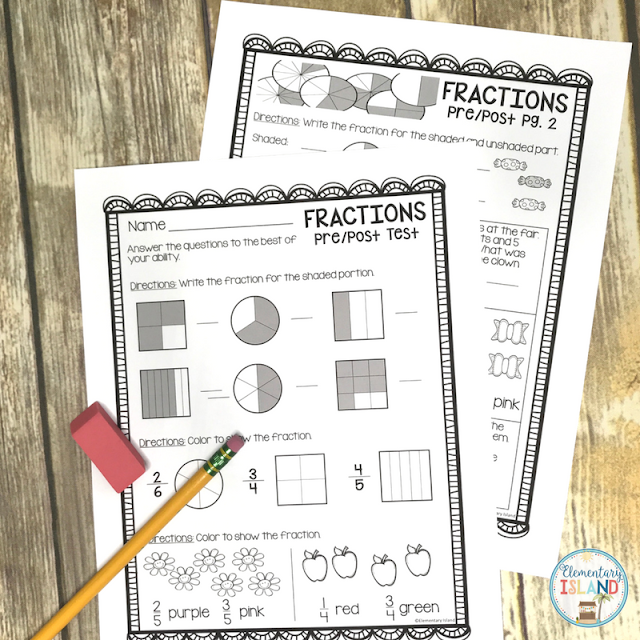
After you’ve taught the unit, it’s time to post-test! Now, if you had a large percentage of your class do really well on the pre-test, it may not make sense to give everyone an end of unit test. But, some of your students probably thought that pre-test was hard a few weeks ago, and the test will give you all a reason to celebrate when the same questions feel much easier this time! This information is also great to share with principals and parents to show any student struggles during the year. Also, collecting this second data point helps you know what to spiral back to moving forward, making part of your center work planned already. It’s a win all around!
#2 Keep a Checklist
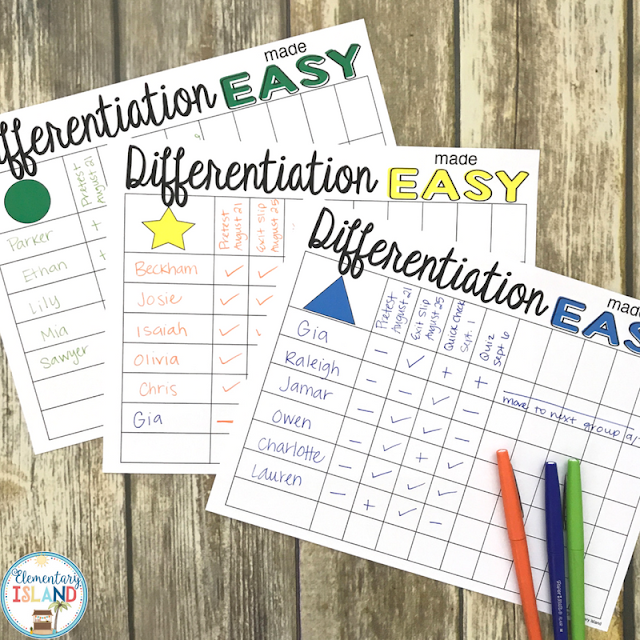
Differentiation should be FLUID. This means that students should move their way through the levels when they are ready. This is all easier when you can visually see where students are and when they are ready to move on. I manage all of this by keeping a checklist! After you give a pretest, record whether each student is below proficiency, at, or above (I mark these with a -, + and a check). You can print class lists and do this all on one sheet of paper, but I prefer to group all of the students who scored similarly on one sheet. Then my small groups are already formed! See? Making things simpler every second!
As I teach the lessons and move through content, I keep track of where students score on exit slips and other class assignments. If a student gets two plus signs in a row, I bump them up to the next leveled group to keep things challenging for them. This visual is a life saver if you have students all at different levels and you are trying to determine exactly where they need to be.
As you can see, Gia moved from my triangle group to my star group in a few days. If I hadn’t been mapping out how she was doing, I may have missed her and kept her in a lower group than she needed. All it takes is a simple list!
#3 Provide Leveled Material
Remember Bloom’s Taxonomy? I don’t want to throw you back to your college days, but that model can help you differentiate so quickly by simply thinking about what your students are ready to do with the information you are teaching. Students who are just starting to access the information may only be ready to identify a fraction, or recall the definition of a numerator and denominator. As students master those introductory skills it’s time to ramp things up for them! You can enrich through open-ended problems, word problems that rely on critical thinking skills, and asking students to create their own problems to solve. Thinking about those different levels of learning can help you put a twist on the same content to simplify it or make it more complex, depending on what your students need.
#4 Small Groups and Station Systems
Small group plans and station activities are the perfect place to differentiate work, but you don’t want to pull your hair out trying to organize it all. Get a system that works for your students and is easy for you to keep up with!
One quick tip that you can start using right now is to assign each of your small groups an icon, and put it in the corner of their work. I tend to have the icon on all my worksheets and keep them in a folder with the same icon. Then the students know exactly what to reach for! Another option would be to color-code by printing different group’s work on colored paper, or storing in colored folders! The blue group always grabs work from the blue folder, and so on. Simple and effective!
So there you have it! Pre-test and post-test your kiddos to put them in groups, keep track of how they are doing throughout the unit with a checklist, get a system for storing all of your leveled material, and use different levels of learning to make the work rigorous for each student! You don’t have to overthink differentiation to be a pro at it!
If you want to get a jump-start on differentiating the work in your room, the photos in this post are from my
Differentiated Fractions Printable Set. I have other leveled skill packs, as well as a bundle of all of them!
Check them out here:
Also, don’t forget to get your
FREE DIFFERENTIATION CHECKLIST to get started on managing your differentiated groups with ease! You can make multiple copies for each unit you plan to teach. It’s the perfect thing to prep before back to school this year!
If you want to remember these ideas for later, don’t forget to pin it! 🙂






